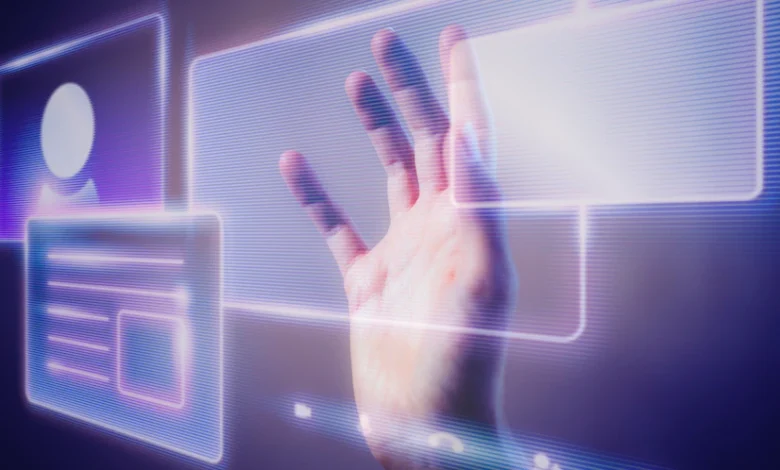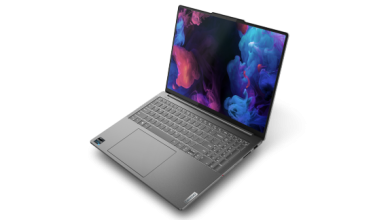Contactless access technology for commercial real estate

Touchless technologies such as QR codes and NFC access control encompass Doordeck’s smartphone door entry product allowing for secure and safe building access. But what is NFC? And how does doordeck use it for
The pandemic encouraged the use of touchless technologies for a variety of uses from bringing menus up on your smartphone to entering sports and music venues. Doordeck welcomes the increased familiarity with these technologies and the convenience and safety benefits they bring.
Evolution of the QR code
A technology that has flourished over the pandemic years is the QR code. A touchless technology was invented by an engineer named Masahiro Hara, 26 years ago. Over these years, companies and tech pioneers all over the world tried to drive QR code adoption, however, only a few countries found success with it, one obvious country being China with WeChat Pay for example… But it wasn’t until Coronavirus hit that it became commonly known globally through its use for customer check-ins and menus in bars and restaurants, as well as being used in contact-tracing apps in several countries.
In 1994 there was no way Hara would have known how successful his invention would play out to be through the widespread use of smartphones and the acceleration by the pandemic. What other uses will the QR code facilitate? We at Doordeck have of course embraced it as a way to enter buildings and issue visitor passes through smartphone browsers but what other potentials does this constantly developing technology have in store
Keyless entry for Doordeck’s visitors
Doordeck’s visitor management system uses two types of touchless technologies for visitors to enter a building. From visitors arriving for an event or a meeting to tradespeople and delivery men, all Doordeck customers can use the QR code scanner on their smartphone browser for keyless entry into a building. Otherwise, the visitor or employee can enter using NFC keyless entry. But what is NFC? and how does a doordeck visitor use NFC? By choosing to download the Doordeck app, the visitor benefita from fast, reliable and secure door access, this is preferred by those employees using Doordeck every day.
Digital ticketing for stadiums and entertainment venues
Ignited by the pandemic, sports clubs noticed that they required upgraded smart access systems to enable safer entry for fans into stadiums. The idea is that fans would enter the stadium via NFC entry through tickets in their Apple Wallet or otherwise using a QR code. Access would also need to be temporary due to a match only lasting a couple of hours therefore according to time and date of the match but also personal, in the sense that only the person with the specific ticket can enter. This is an ability Doordeck has been implementing successfully since its development. The same approach goes for venues that house other entertainment events such as music, theatre or comedy clubs.
The digital pass revolution
There are flaws such as time and cost associated with the process of a receptionist issuing new visitor passes. Doordeck avoids all these problems with its digital visitor management system, a building admin can set up access for a new user in minutes, the only thing required is their email address and all they need is their smartphone – a process that completely skips the requirements for a receptionist.
Granted access to the visitor can even be set to deactivate automatically after the end time that is set, of course, this can also be done manually as many times for as many users you require to give keyless access to your building.
If none of this has persuaded you, perhaps the environmental impact of plastic waste will. No more lost keycards or access fobs saving money on replacements as well as helping to save the environment from plastic pollution.
Visit www.doordeck.com to see how the convenience of digital visitor passes can benefit your building and help save the environment at the same time.




